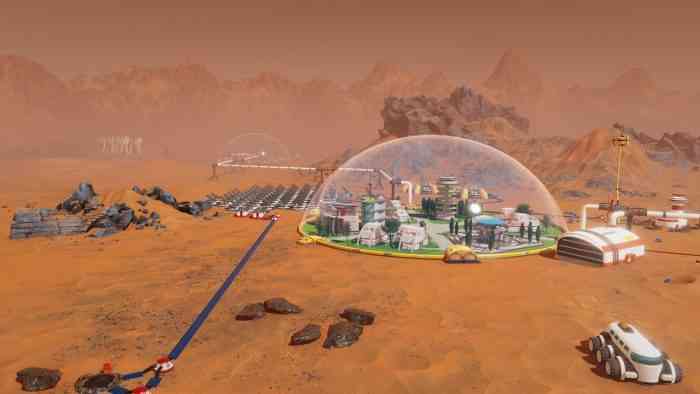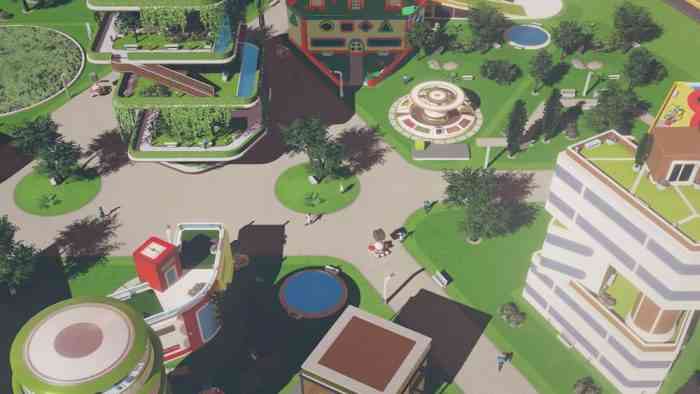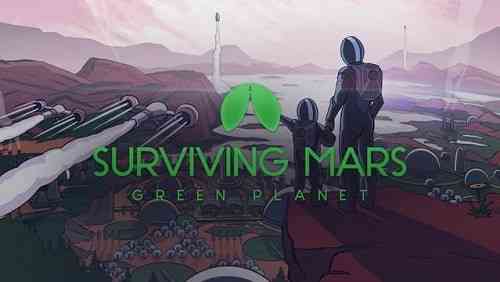Surviving Mars: Green Planet Review
Modern gaming is a funny thing. Expansion packs have been around forever- as any fan of Starcraft or The Sims would gladly tell you. But with the advent of DLC, the idea that games are something you tweak and add to and iterate on has become the norm. This isn’t true about books or movies. George Lucas would probably have a thing or two to say about public opinion on changing a movie. But the right expansion can take what’s there are change some parts, add some context, and you’ll be left with a profoundly different game. Such is the case with Surviving Mars: Green Planet.
Now, I’ve clocked quite a few hours into the Surviving Mars base game, and I enjoyed some of the features in the first major expansion, Space Race. It was a unique strategy game, one with a lot of clever underlying ideas. Green Planet smirks at those ideas, flips the board, and leaves you with what feels like an entirely different game. What’s amazing is how little it actually adds.
Woah, that sounded like a backhanded compliment. There are plenty of new features in Green Planet. What I mean is that those new features have an outsized impact on gameplay. Your new goals are your main goals, and the old game is now just the structure. This is all getting abstract. What I am trying to say is Surviving Mars is a game about Mars colonization. Green Planet is a game about terraforming a planet. You still build windmills, domes, mines, moisture vaporators, and launchpads. You still compete with other Martian colonies elsewhere on the red planet. But now you are all working to turn to Martian air breathable, grow trees, fill up lakes, and eventually construct open air cities on your verdant plains. Not only is this an excellent game in and of itself, it adds to the original in surprising ways.
Sometimes It’s Tough to Survive Mars
If you’ve played Surviving Mars you know that there are a few rough phases of the game. The first is all automated, as you pilot drones who prepare the bleak landscape for your first humans. This is largely about construction and resources. Next, your first colonists arrive, and you have to manage them as they populate their first dome. Then it’s about expanding, building more domes, specializing some of them, and trying to turn your colony sustainable without buying tons of resources from Earth. This for me is the make or break stage, where I either have efficient factories, or the whole project crumbles. Finally, you are introduced to a sci-fi mystery or conflict, a randomly chosen storyline that brilliantly enriches the endgame.

If the terraforming adds to a phase, I guess it would happen between specialized domes and the endgame, but really, it adds to all existing phases. You’ll be managing four new resources tracking the atmosphere, temperature, water, and vegetation levels on Mars. There are different buildings, research projects, and events that can add to these, and they are all constantly tracked as percentage numbers, with certain milestones unlocking new construction options.
And it’s Just the Beginning
If that were it, that’d be a pretty cool game. But I swear to Phobos and Deimos, that’s just the beginning. I often marvel at how much aesthetic choices matter in video games. A well designed character is easier to care about. A good attack animation can enhance a combat system, making it feel better than an identical system with shoddy animation. What Green Planet does with its graphics are the most inspired thing I’ve ever seen in a similar strategy game.

At first, all you’ll be able to do is spread lichen across a small area, but you’ll delight to watch it slowly, slowly, slowly turn green. Craters and low ground? That’ll slowly fill with water. Then the lichen will allow grass to take root, changing the texture, the look, the entire vibe of the ground. And that’s before whole forests start to sprout, turning the red barren desert into a beautiful alien world.
The slowness of the growth and the beauty of the end result, and the intervening moments, make Green Planet a wonderful game to unwind and relax. But the challenge means you’ll also be engaged. It would have been easy to add a few new projects to the research track and call it a day, but the terraforming is so integrated into the existing game, you’ll constantly find yourself marveling at the design. But the real selling point are the wonderfully applied graphics. It’s a testament to what a different the look of a game can make, and how it can enhance the gameplay.
*** PC code provided by the publisher ***
The Good
- Terraforming gloriously integrated into existing gameplay
- Beautiful graphics
- Slow paced change that’s lovely to watch
- Still a difficult and rewarding builder/management game
The Bad
- Chain reactions can ruin an entire game quickly
- Still not enough interaction with other factions
- A bad start can make the early game feel impossible

